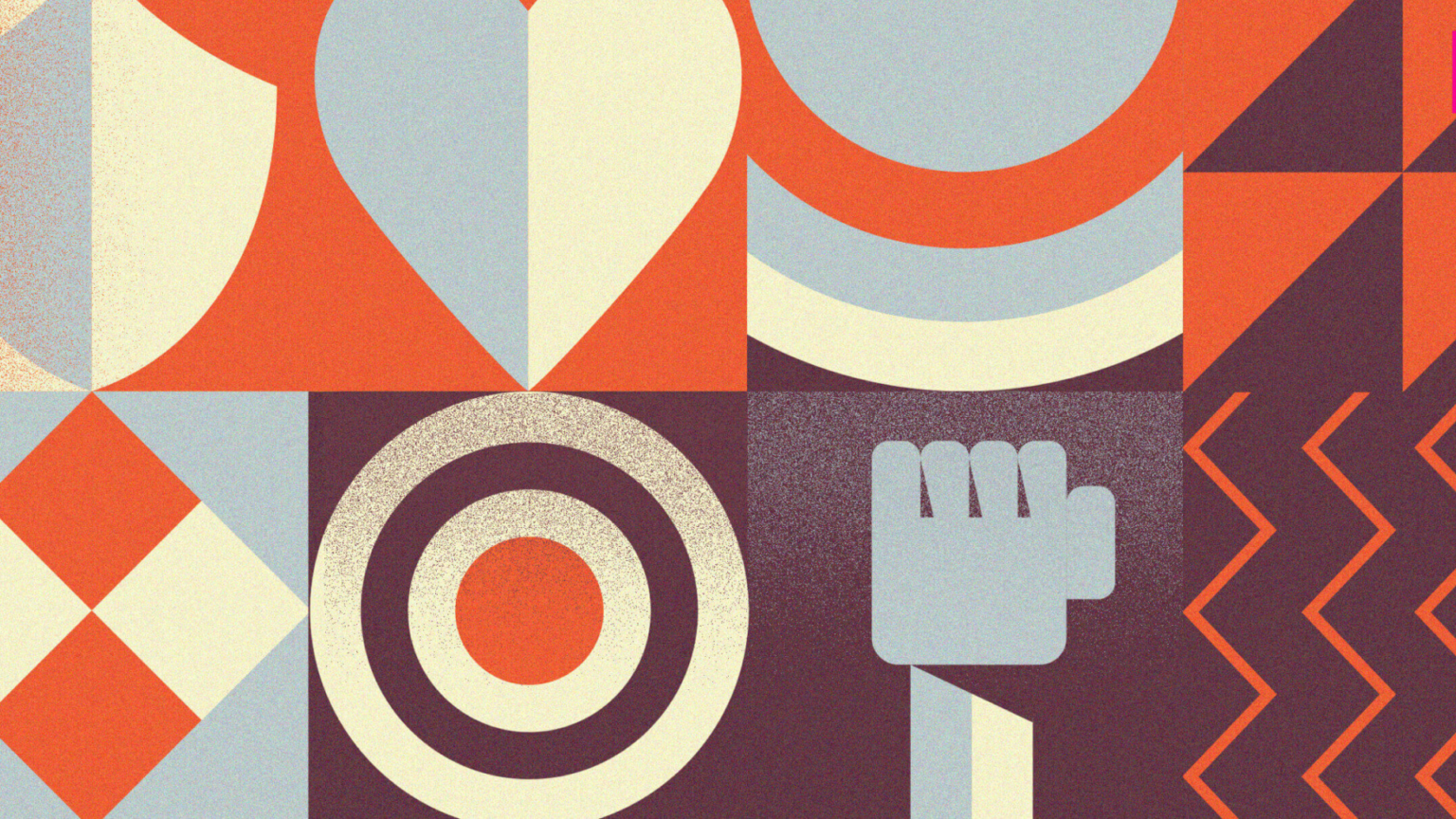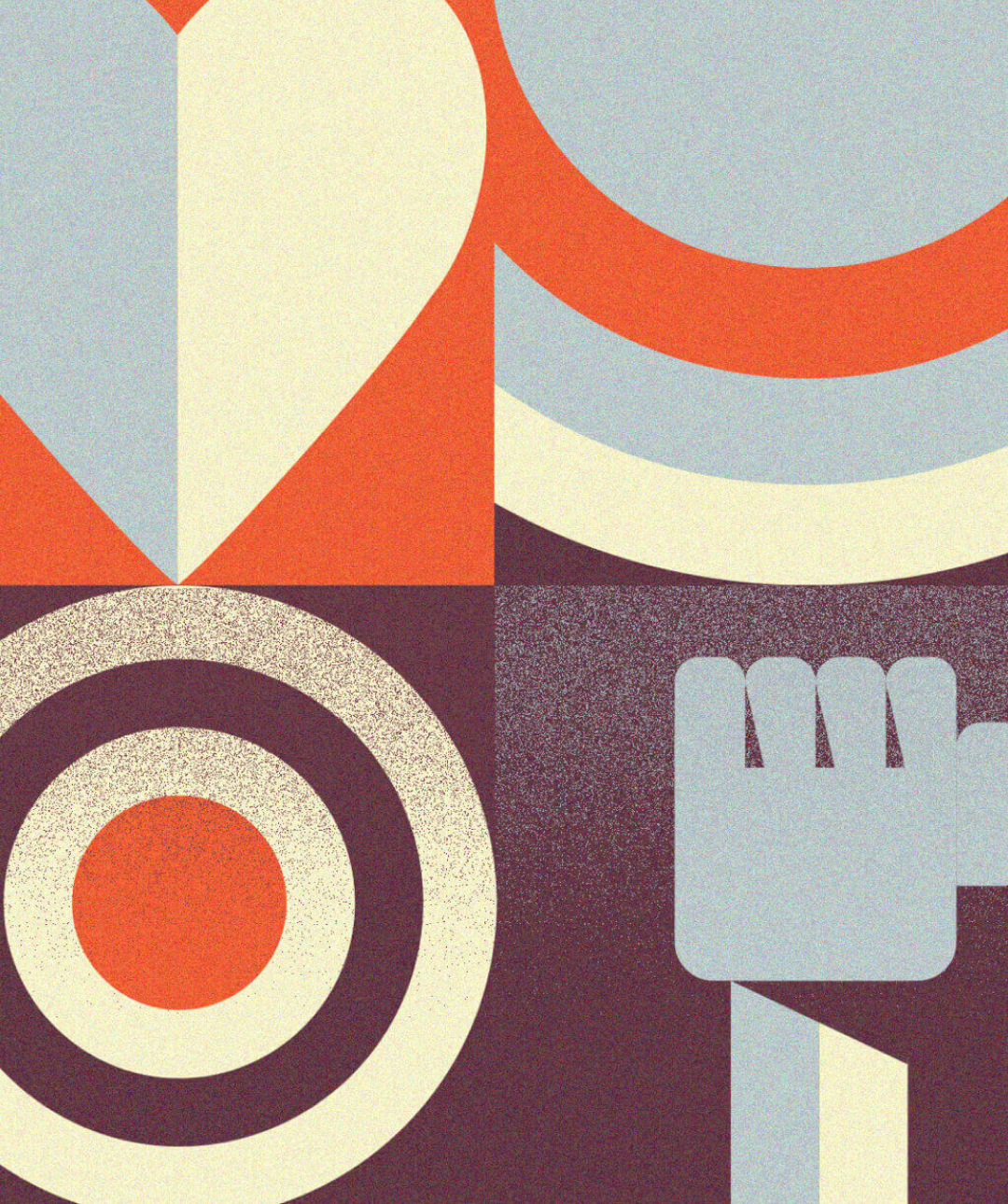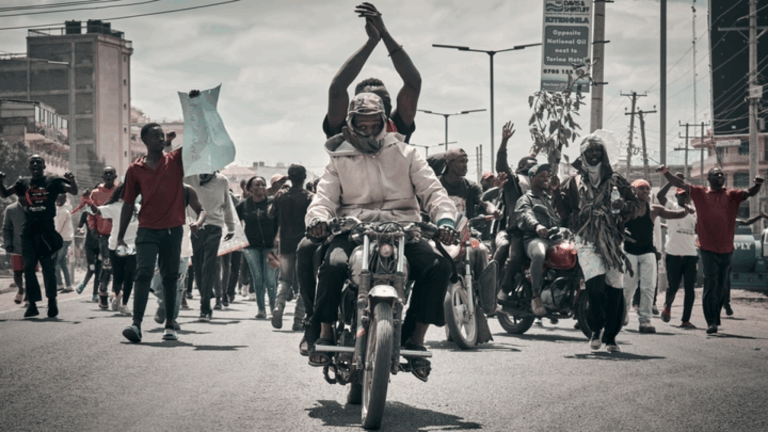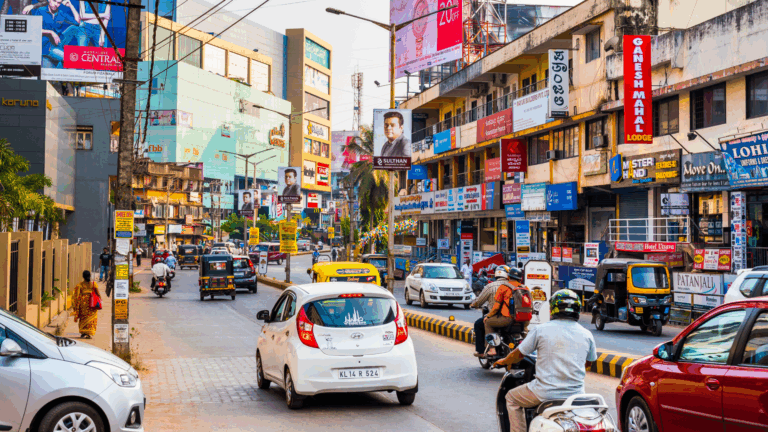On February 24, 2022, Russian dictator Vladimir Putin launched a full-scale invasion of Ukraine, openly violating the founding principles and norms that have underpinned the international community since 1945. For the last nine months, the Russian military has been waging an increasingly brutal campaign, often targeting civilians and committing numerous war crimes.
Since early October, Russia has been conducting airstrikes against Ukraine’s energy and civilian infrastructure across major cities and at least 16 regions. Using various types of missiles and Iranian kamikaze drones, Russian forces have wreaked havoc on Ukraine’s critical infrastructure. According to Ukrainian authorities, the strikes have destroyed 40% of the country’s energy infrastructure and 30% of power stations. The World Health Organization recently issued a statement saying millions are now at risk as winter approaches.
The prospect of millions of Ukrainians without electricity or basic necessities has cheered Russian pundits and propagandists. On NTV, one of the biggest TV channels in Russia, a commentator talked about how a quarter of Ukrainians are now left without electricity and blamed the power outages on Kyiv’s government. In another TV show, called “Its Own Truth,” a host openly bragged about the strikes’ impressive damage, noting that Russia now is not only targeting electrical substations and power stations but also Ukraine’s gas infrastructure. One of the show’s guests, a member of Russia’s parliament, called the strikes “retaliatory” and “an expression of holy hatred” toward Ukrainians.
The strategy of attacking critical civilian infrastructure is not new for Russia, and is not confined to the current war in Ukraine. In the 1990s, the Kremlin was trying to prevent Chechnya – a small republic in southern Russia – from gaining independence, leading to simmering tensions between Moscow and the republic. When the efforts failed, Moscow launched a brutal military campaign, during which the Russian army followed the same tactics as in Ukraine today, using heavy artillery and airstrikes that leveled entire cities and reduced towns to rubble. The republic’s capital, Grozny, was besieged and almost completely destroyed.
Russian forces also committed numerous war crimes, including the Massacre at Samashki, in 1995, where approximately 100 Chechen civilians were massacred and their houses burned to the ground. According to various estimates, roughly 30,000 and 100,000 civilians died as a result of the two-year campaign. Yet despite the devastation, Russia’s campaign failed to subjugate Chechnya and resulted in the Khasavyurt Accord, signed in August 1996, which brought the war to an end.
During the second Chechen War, launched in 1999, right as Vladimir Putin became prime minister, the Russian army again besieged Grozny and relentlessly shelled it with artillery and aviation. That approximately 40,000 people — mostly the sick, elderly, and severely injured — were still trapped in the city didn’t stop the Kremlin from carrying out the strikes. In May 2000, Russia gained control of Grozny, although it was completely devastated by that time. In 2003, the United Nations called Grozny the most destroyed city on Earth. The overall death toll from the two campaigns was approximately 300,000 people, many of whom were civilians.
Since 2015, the Russian military has followed the same strategy in Syria, where Putin helped authoritarian ruler Bashar al-Assad preserve his power. In Idlib, where Russia and its Syrian allies launched an offensive during the spring of 2019, the Russian forces repeatedly attacked civilian infrastructure, schools, markets, hospitals, and other populated areas. Nearly 1.4 million people were displaced before a ceasefire was reached in March 2020. Ironically, the man who was in charge of the Russian forces in Syria at that time — Sergey Surovikin — has recently been appointed as head of Russian military forces in Ukraine.
Surovikin has a notorious reputation both in Russia and in countries where he operated as a military commander. He was involved in the war in Chechnya, during which he stated on national TV that for each Russian soldier at least three Chechen militants would be eliminated, and in Syria, where a report by Human Rights Watch implicated him for war crimes in Idlib. Now, as Putin’s campaign in Ukraine is flailing, he put Surovikin in charge of it in an effort to satisfy Russia’s hardliners who are frustrated by repeated setbacks the Russian army has suffered since February, and to demonstrate that Putin will stop at nothing to bring some sort of tangible victory to Russia, even if that means mass casualties among the Ukrainian population.
This, of course, is a sign of desperation. Having failed to conquer Kyiv and overthrow Zelensky’s government, Putin now has few options but to delay Russia’s defeat by attacking civilian infrastructure and making life for Ukrainians more difficult. History shows that this strategy rarely works, and the attacks are having the opposite effect of what Putin had intended, with the vast majority of Ukrainians rejecting any idea of territorial concessions with Russia.
In some ways, Moscow’s behavior has served as a wake-up call to democracies worldwide. After Putin’s wars in Chechnya, Georgia, Syria, and Ukraine in 2014, the international community has finally turned decisively against Putin, crippling the Russian economy with sanctions and sending billions of dollars of aid to Ukraine. But we still have a long way to go. As we make our way into 2023, democracies must not only increase their support for Ukraine, but draw conclusions from the war to better inform their foreign policy decisions. Instead of seeking appeasement anytime a dictator makes a demand, or waiting patiently any time peaceful protesters are pacified, democracies need to act quickly to respond to human rights violations.
We need to expose dictatorships, isolate them internationally, and strengthen democratic partners BEFORE a crackdown, massacre, or invasion. We must hold the guilty accountable, and seek justice for those who have suffered. The war in Ukraine should be the last time any nation must endure hardship, destruction, and war crimes merely for loving freedom.
Anyone can help Ukrainians directly. You can donate to the Ukraine Solidarity Fund, which was created by the Human Rights Foundation to support the Ukrainian people, by visiting the link here. We also established a fundraiser to raise money for generators and power banks, which is so crucial during these difficult times. Finally, we encourage you to champion brave Ukrainians and amplify their voices. This year, Oleksandra Matviichuk, head of Ukraine’s Center for Civil Liberties, spoke at the Oslo Freedom Forum. Her full speech is available here.
As 2022 comes to an end, the fight Ukraine has put up against an authoritarian regime reminds us all what true courage looks like.








